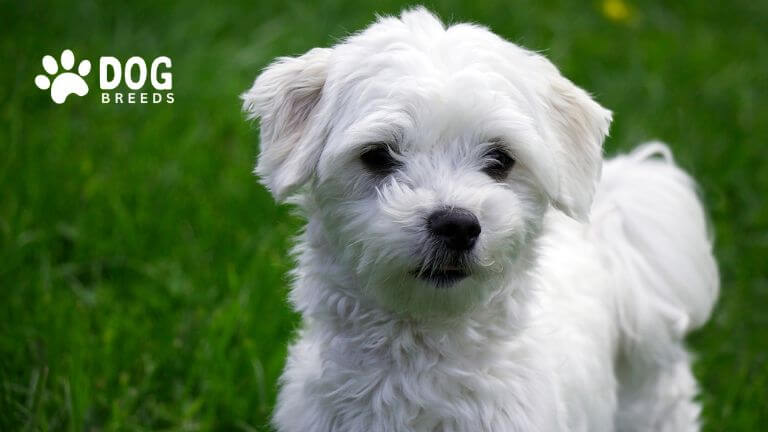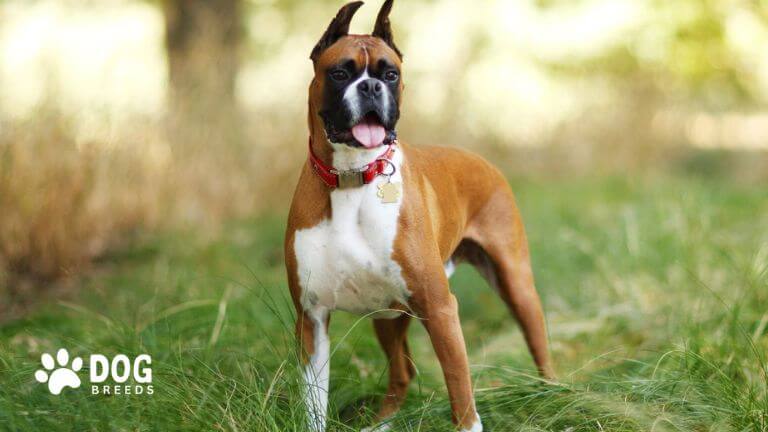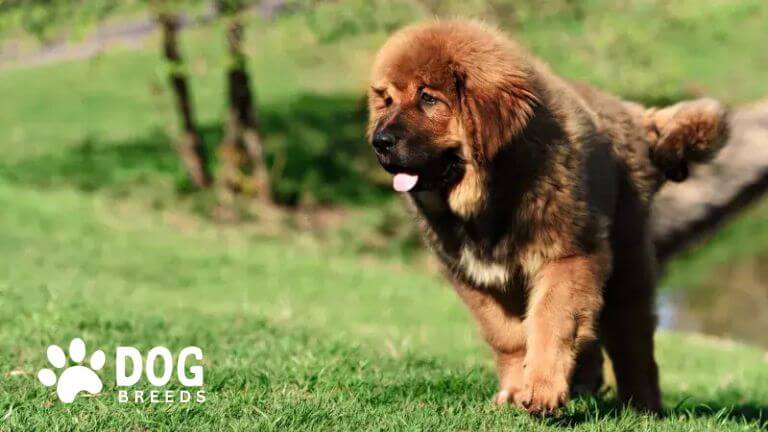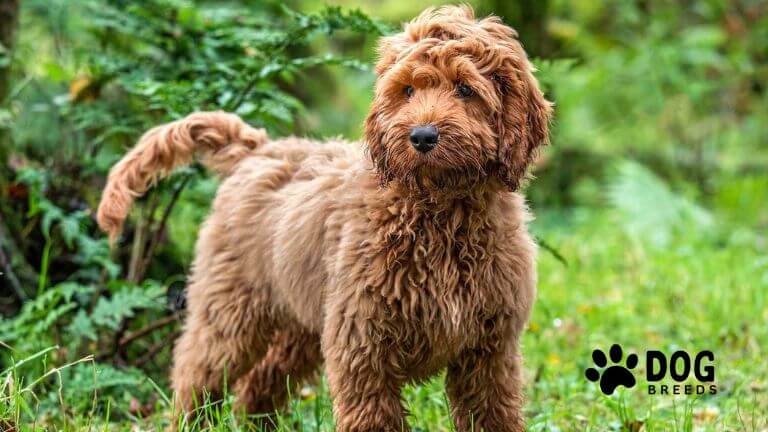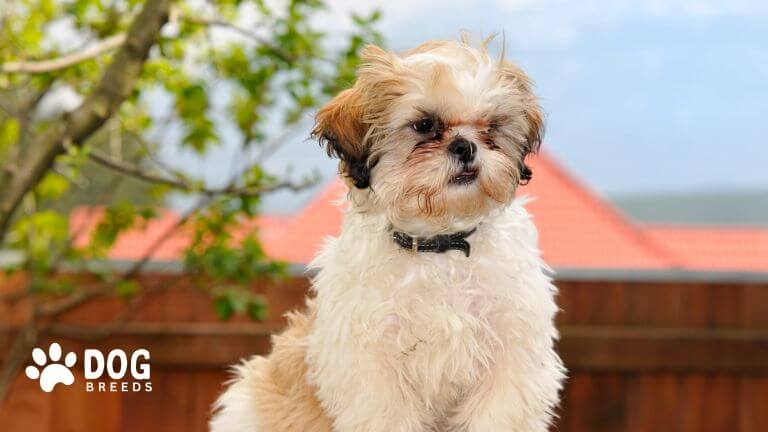Maltese Dog Breed: Care, Personality, and Grooming Tips
The Maltese dog breed is beloved for its charm, elegance, and affectionate nature. Known for their silky white coats and endearing personalities, these toy-sized dogs have been cherished companions for centuries. Their adaptability and friendly demeanor make them a favorite among pet lovers worldwide.
History and Origins
The Maltese has a rich history dating back over 2,000 years. Originating from the Mediterranean region, specifically the island of Malta, this breed was prized by ancient civilizations for its beauty and poise. Often associated with royalty, Maltese dogs appeared in artwork and writings of ancient Greece and Rome. Their status as lapdogs continued through the centuries, with notable appearances in Renaissance portraits and Victorian households.
Maltese Dog Breed Overview
| Breed Group | Toy Group (AKC) |
| Origin | Mediterranean Region |
| Size | Small; typically 7–9 inches (18–23 cm) tall at the shoulder |
| Weight | 4–7 pounds (1.8–3.2 kg) |
| Lifespan | 12–15 years |
| Coat Type | Long, silky, and straight; requires regular grooming |
| Color | Pure white |
| Temperament | Affectionate, playful, gentle, and intelligent |
| Energy Level | Moderate; enjoys short daily walks and playtime |
| Trainability | Highly trainable; responds well to positive reinforcement |
| Common Health Issues | Dental problems, patellar luxation, progressive retinal atrophy, allergies |
| Grooming Needs | High; regular brushing and occasional trims are essential |
| Suitability | Ideal for families, singles, and older adults; adaptable to small living spaces |
| Compatibility | Gets along well with children and other pets when socialized properly |
| Fun Fact | Maltese dogs have been beloved companions for over 2,000 years! |
Physical Characteristics

Maltese dogs are small, typically weighing 4-7 pounds and standing 7-9 inches tall. Their most distinguishing feature is their long, silky white coat, which lacks an undercoat, making them hypoallergenic. They have dark, round eyes, a black nose, and a compact body. Regular grooming is essential to maintain their coat’s health and prevent matting. Daily brushing and occasional baths help keep them looking their best.
Temperament and Personality
Maltese dogs are affectionate, playful, and intelligent. They form strong bonds with their families and thrive on companionship. Their friendly nature makes them excellent pets for families with older children, singles, and seniors. While they enjoy playtime, their energy levels are manageable with short daily walks and indoor play. Early socialization ensures they remain well-mannered and confident.
Care Needs
Diet
A balanced diet tailored to their small size is vital. Opt for high-quality dog food that meets AAFCO standards. Maltese puppies may require frequent small meals to avoid hypoglycemia, while adults do well with two meals per day. Consult your vet for personalized dietary advice.
Grooming
Due to their long coat, Maltese dogs require daily brushing to prevent tangles. Use gentle tools to avoid skin irritation. Regular dental care, such as daily brushing and professional cleanings, is crucial to prevent periodontal disease. Tear stains, a common issue, can be managed with specialized cleaning products.
Exercise
Despite their small size, Maltese dogs need regular activity to stay healthy. Short walks, interactive toys, and indoor games are sufficient to keep them physically and mentally stimulated.
Health Concerns
Maltese dogs are generally healthy but are prone to certain conditions:
- Patellar Luxation: A common issue where the kneecap dislocates, affecting mobility.
- Progressive Retinal Atrophy: A degenerative eye condition that can lead to vision loss.
- Dental Disease: Regular dental care helps prevent painful gum issues and tooth loss.
- Hypoglycemia: Small puppies are particularly vulnerable to low blood sugar levels. Routine veterinary check-ups and preventive care help ensure their overall well-being.
Training Tips
Maltese dogs are intelligent and eager to please, making them relatively easy to train. Use positive reinforcement methods, such as treats and praise, to encourage good behavior. Housebreaking can be challenging due to their small size, so consistency and patience are key. Address separation anxiety by gradually increasing time apart and providing interactive toys.
Compatibility
Maltese dogs adapt well to various living situations, including apartments and small homes. Their affectionate and gentle nature makes them ideal for families with older children and seniors. However, their tiny size requires careful supervision around young children to prevent accidental injury.
Fun Facts
- The Maltese is one of the oldest toy breeds, with a history spanning over two millennia.
- They were often called “the comforter dog” in ancient times, believed to have healing properties.
- Maltese dogs frequently appeared in the artwork of famous painters, symbolizing elegance and wealth.
Conclusion
The Maltese dog is a perfect blend of elegance, intelligence, and affection. With proper care, they make loyal and loving companions. If you’re considering adding Maltese to your family, consult reputable breeders or adoption centers and work closely with your veterinarian to ensure a happy, healthy life for your furry friend.
There are plenty of dog breeds to suit all kinds of lifestyles and homes. With a little research, you can find your next best friend!
- Why Are Dalmatians Not Popular? Uncovering the Truth Behind the Rarity of This Iconic Breed - April 16, 2025
- Top 15 Chinese Dog Breeds: Discover the Best Dogs from China - April 14, 2025
- Dalmatian Dog Breed: History, Care, Personality & Health - April 3, 2025

